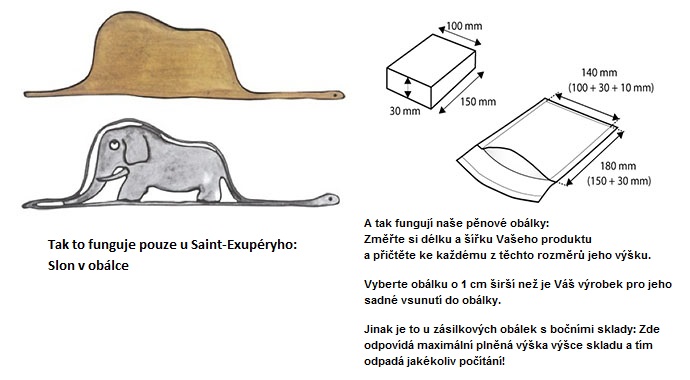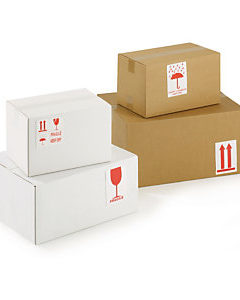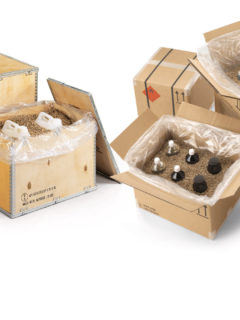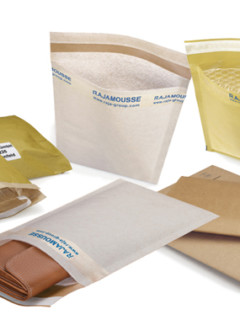For almost 100 years, those who want to send documents in A4 format have been using envelope sizes marked with the letter C.
In the catalogue and on our website, you will find the width and length dimensions in millimetres for envelopes. The width figure corresponds to the mouth of the envelope. If you want to send documents, folders or presentations of several pages, this is the figure you will need. The dimensions of the document, with a certain tolerance, correspond to the dimensions of the required mailing envelope. For example, for A4 documents (210 mm x 297 mm), we calculate a size of 229 mm x 324 mm.
But not only as a mail item, the postal envelope is also indispensable for sending products. Foam or bubble envelopes fix and protect your packaged products and also save postage costs compared to conventional packaging.
But how do you find the right size mailing envelope for bulky products?
Basically, even bulky products can be sent using a flat mailing envelope. The pressure on the sides allows them to “bulge”. However, this is where mathematics comes into play: since the sum of width, height and length remains constant, increasing the height automatically decreases the width. The material also plays a big role here: cardboard envelopes only play this “game” relatively, due to the solid material. This provides good protection against kinking – which also means that a cardboard envelope is difficult to adapt to the shape of your product. For this type of envelope, you need to pay attention to the filled height and “add” accordingly:
– If you are using an envelope for flat products: add 2 cm to the width of the product and 1 cm to the length. This will give you the smallest dimension of your mailing envelope.
– If you are using an envelope with its maximum height: Add 6 cm to the product width and 3 cm to the length. This gives you the smallest dimension of your mailing envelope.















